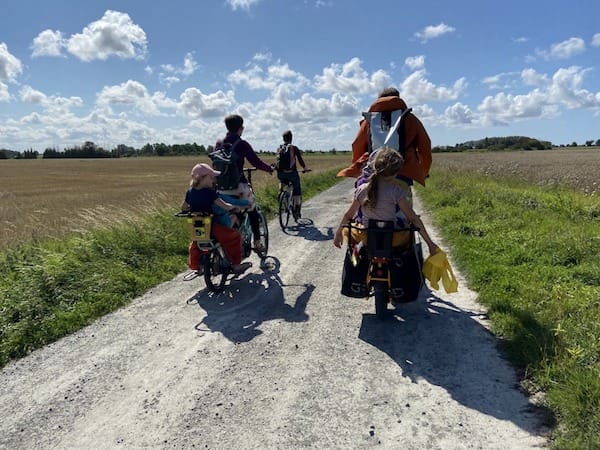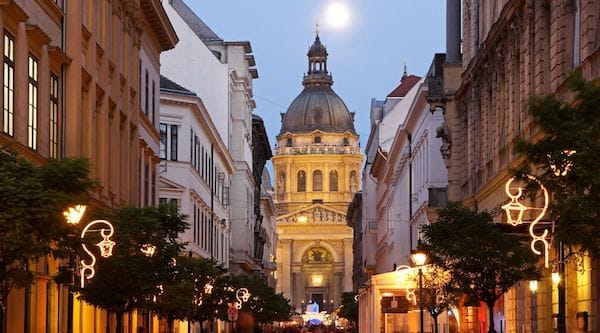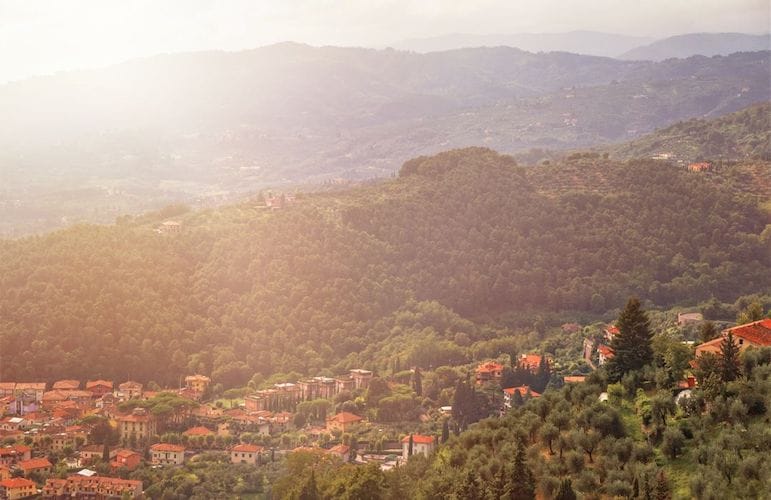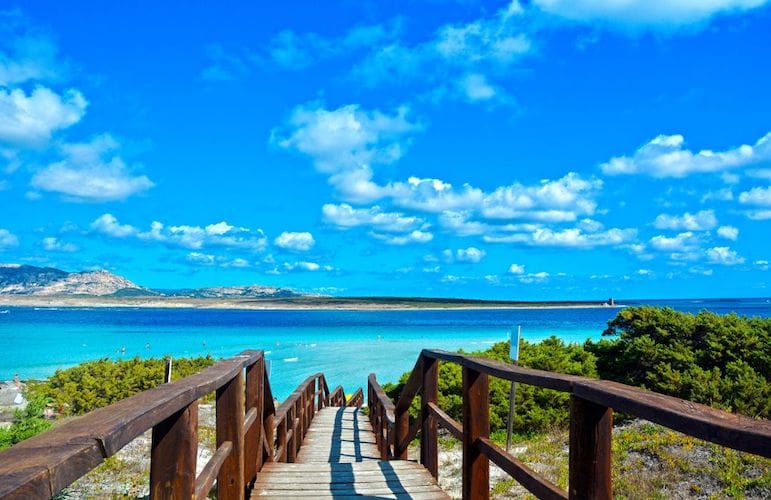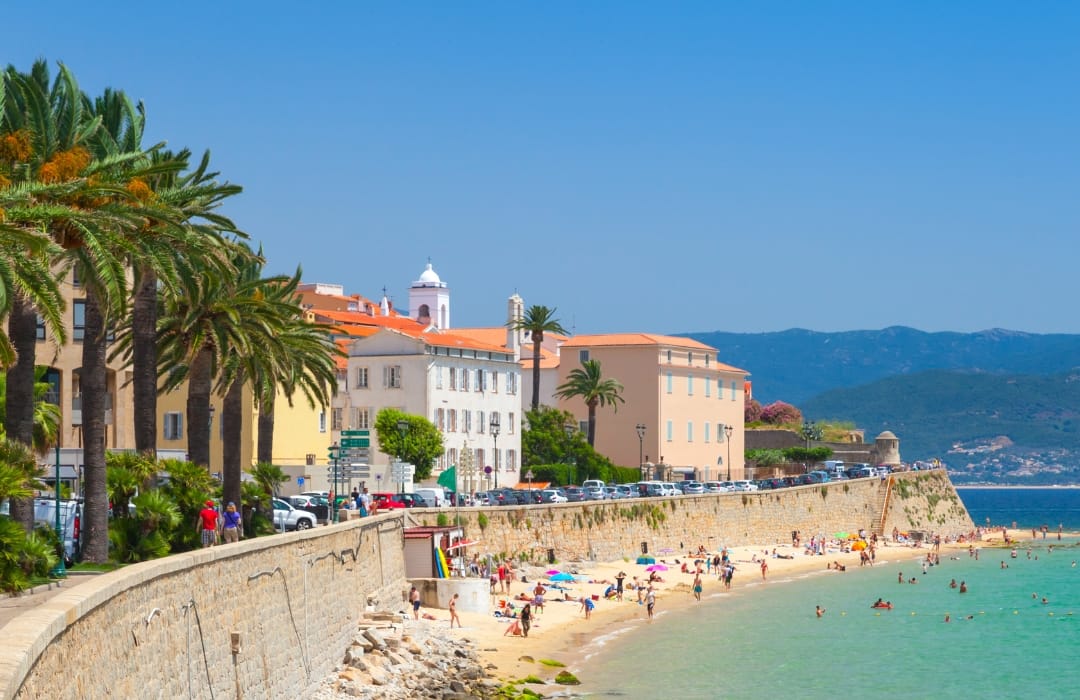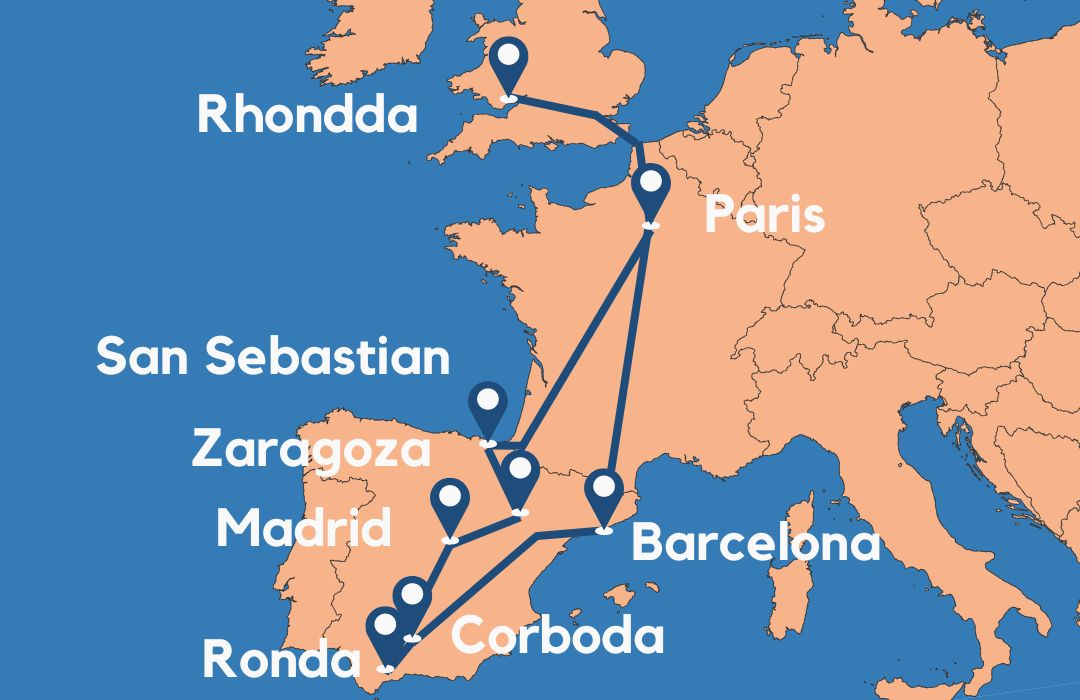
It’s a well-worn narrative of flight-free travel that the journey is part of the destination.
So what if you take that to the extreme, and make a holiday purely out of the stop-offs along the way?
Howard Osborne takes us from the Rhondda valley in south Wales to Ronda in the south of Spain, via every stop on the way.
Rhondda – Cardiff – London
Hop on the train at Dinas (Rhondda) and head down to Cardiff where you change trains for London. The Regents canal makes for a pleasant walk between London Paddington station (where your Cardiff train arrives) and St Pancras (where the Eurostar departs). Alternatively, take the Circle line or Hammersmith and City line between the stations.
Got to St Pancras early? Great, you can check your bags into a locker and pick one of these things to do nearby:
- British Library. There’s always something to have a browse through at this cathedral of knowledge and it’s a nice place to sit and have cuppa.
- Crick Institute. While we are in St Pancras working out whether we should get a latte or a moccacino to take on Eurostar, some of the world’s leading scientists are working at the cutting edge of biomedical research. Curious to find out more? Pop over the road to the Crick Institute exhibition.
- Camley Street Natural Park. This slice of well-managed wilderness is a gem and it shows how easy it is to reimagine our cities with room for all.
- London Canal Museum. If you're curious about the canal running through this bit of London, what better place to find out than the Canal Museum?
- St Pancras New Church. As the parish grew in the early 19th Century, a new church was commissioned in a neo-classical style. It’s well worth a comparison with the old church, especially if you're into architecture.
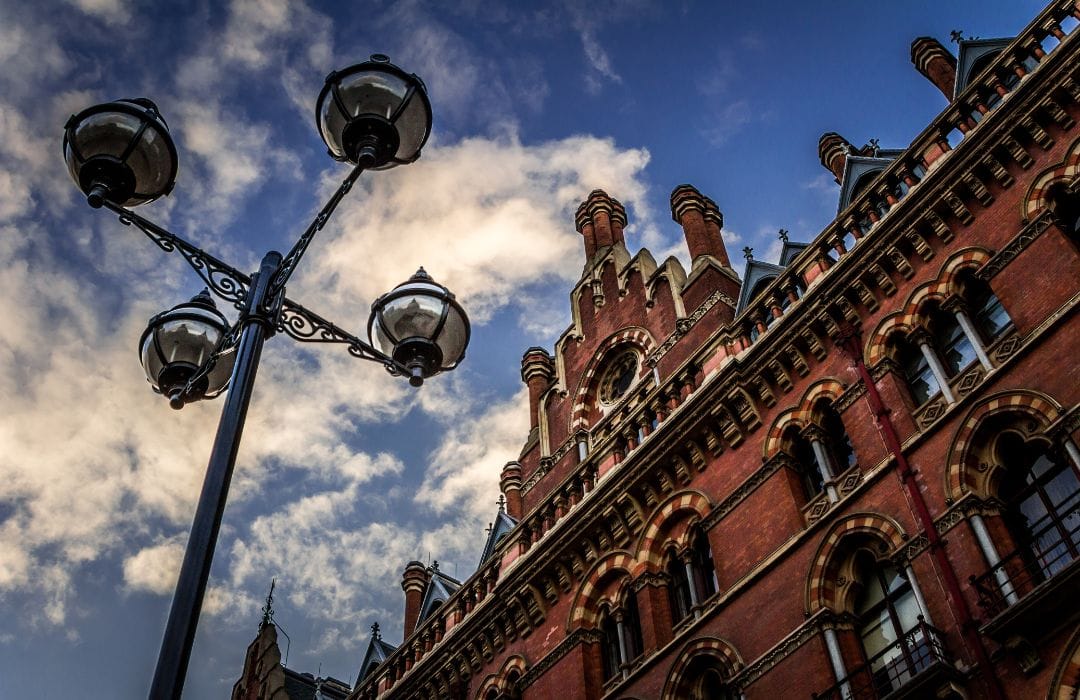
London to Paris by Eurostar
If you catch a morning train from Wales, it’ll be late afternoon or early evening when you arrive in Paris. Why not check your bags into a locker at Gare d’Austerlitz and…
- go for a wander along the Seine
- peruse the Jardins des Plantes
- search out somewhere to entertain your tummy like Train Bleu, Ground Control or Petit Bain, the barge next to Piscine Josephine Baker – a floating pool in the Seine
- or even go for a swim…
Crossing Paris
Trains from London arrive at Gare du Nord, so to get to Gare d’Austerlitz you'll need to cross Paris.
The Paris Metro is practical and Line 5 runs from Gare du Nord to Gare d’Austerlitz. However, the No. 91 bus pootles between the main stations on its way to Gare Montparnasse, so why not see Paris rather than a tunnel? The bus takes about 40 minutes.
If you are travelling light enough to put your bags on your back, you could take to the pedals and hire a bike. The Mayor of Paris has been keen to get people cycling, and bicycle lanes popped up all over Paris during the pandemic. One thing she is not keen on are e-scooters, but for now you can still rent one and let that glide you between the stations. For more details on all the options, see here.
The other option is to cross Paris by foot. It takes about an hour to wander between Gare du Nord and Gare d’Austerlitz, slightly longer if you take a slight detour and follow the attractive Canal St Martin, part of which travels in tunnels beneath wide and attractive boulevards. Highly recommended!
Paris to Latour-de-Carol by night train
At quarter past nine each evening, an Intercités de Nuit train heads down to the little twin villages of Latour-de-Carol and Enveitg on the Spanish border.
Night trains aren’t for everybody. If you are not sure whether Intercités de Nuit night trains are your thing, here’s a quick guide. If you decide that you’d rather your bed didn’t move while you sleep, you could grab a hotel room and take a morning train to Barcelona (keep an eye out for the lagoon-loving flamingos after Narbonne).
The night train heads into the Pyrenees following the course of the River Ariège and skirts around Andorra before dipping into Upper Cerdanya – the only part of France on the Iberian Peninsula.
It arrives at around nine o’clock in the morning where it’s met by a local Rodiales train that runs to Barcelona.
You might also see the ‘Train Jaune’ (yellow train) that also runs out of this station, heading eastward along the French side of the Pyrenees. But let’s not get distracted by other possibilities…
Latour-de-Carol to Barcelona
It takes around three hours to get to Barcelona so if you’d like to spend some time up in the peaks before descending to Barca, there are several places you could hop off en-route. The first stop is Puigcerdà, which is where Barcelona’s better-offs have traditionally come to recuperate from the rigours of city life.
If you have an interest in walking across borders, you could follow the 5km smugglers path between the Latour-de-Carol and Puigcerda. Here’s a video showing what it's like (going the opposite way) and some of the curious history that led to the quirky border.
Further down the line, the train calls at La Molina and Ribes Enllaç, which are hop offs for skiing in winter and hiking in summer.
It also stops at Ripoll, a spiritual home for many Catalans as it’s the final resting place of Wilfred the Hairy. The local museum neatly captures what life was like up here in the past – look out for the ex-voto pictures.
After that, there’s Vic, the home of Fuet sausage, which also has a Cathedral covered in Josep Maria Sert’s haunting murals.
After Vic, the train enters Barcelona’s industrial and commuter belt.
Barcelona
Barcelona, like Paris, is quite understandably on most bucket lists of places to visit, with the sublime works of Gaudi and loads of good grub.
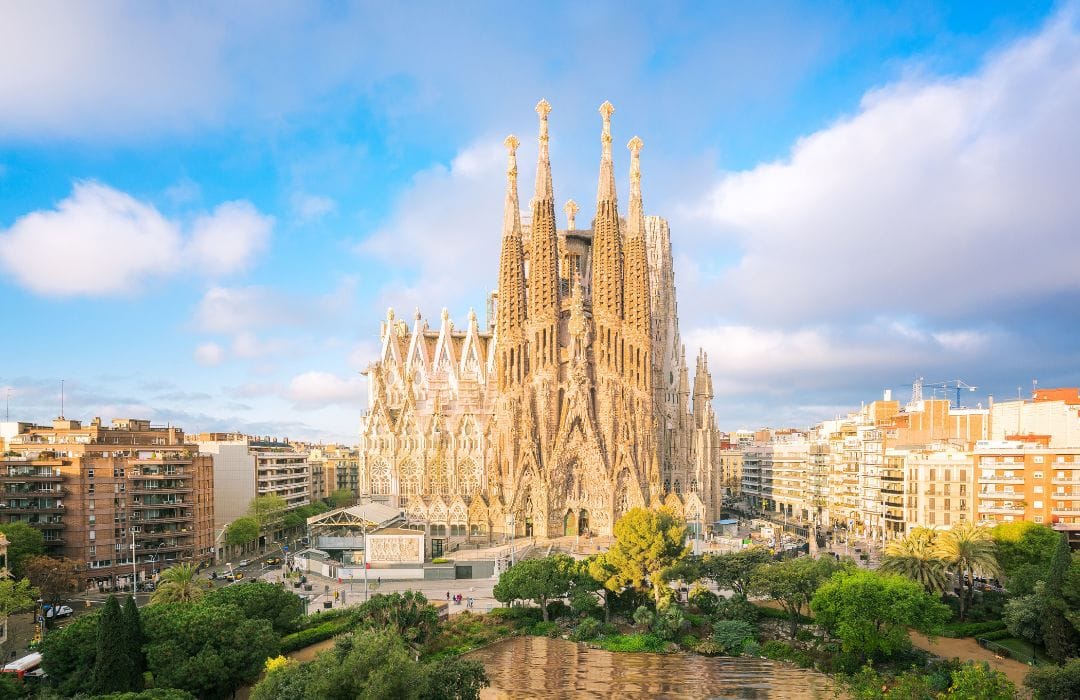
Barcelona to Córdoba
The journey from Barcelona to Córdoba is a great chance to take in a big slice of Spain, from Catalonia through Aragon, Castile-La Mancha and finally crossing into Andalusia. It takes around five hours on a direct high-speed train. Book well in advance to get a good price ticket.
There is an alternative. The slow-travel aficionados at Europe by Rail also recommend the much cheaper zen-like 10 hour trek of the Torre del Oro. Leaving Barcelona at half past eight in the morning, it skirts the east coast before turning inland and passing through the dramatic Despeñaperros National Park, before finally arriving into Cordoba in time for dinner.
The danger to this route is you might get sidetracked and find yourself hopping off the train to explore UNESCO-listed Tarragona or Valencia where you could join the Saturday swimmers for a dip. You may never want to leave.
Córdoba
Whichever way you choose, arriving into Córdoba from Barcelona and walking to the Mezquita through Victoria Gardens, suffused with the smell of orange blossom, brings home how dramatically diverse Spain is and always has been. You might want to spend a day or two here before getting back on the tracks.
Final stop… Ronda
There’s a distinct pleasure in wandering back and forth across the Puente Nuevo and Puente Viejo bridges which span the chasm that runs through Ronda, dividing the old and new towns, as well as visiting sites like the Arabic baths that remind us of Ronda’s varied past.
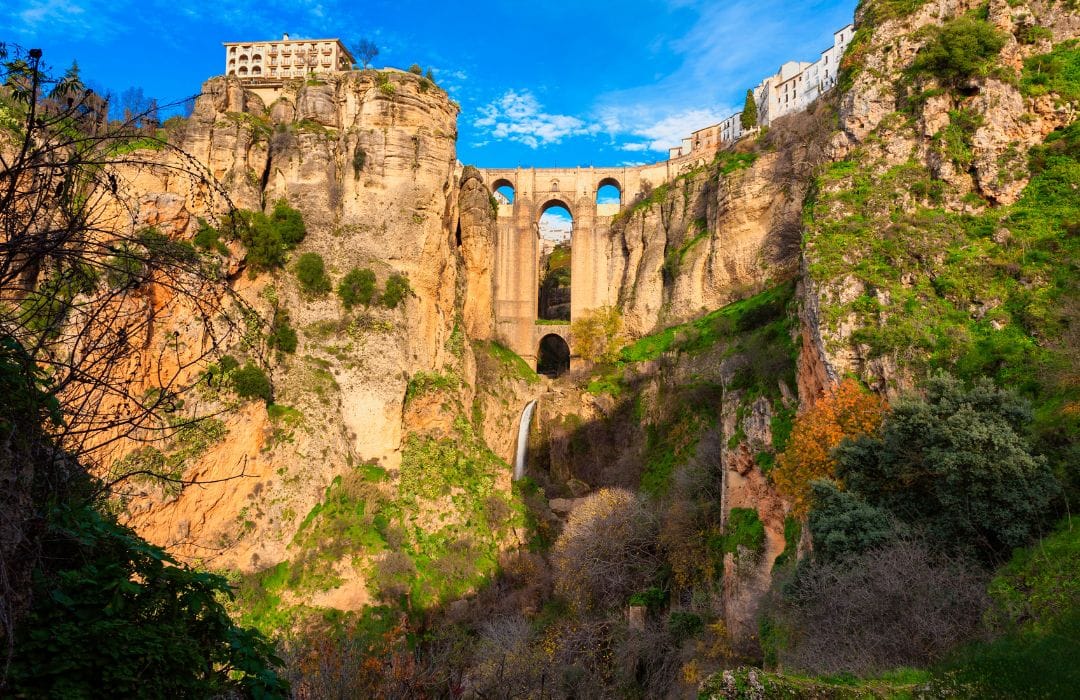
It’s a pleasure long-enjoyed by the British stationed in Gibraltar, who used to come up here to escape the mid-summer heat. Orson Welles and Hemingway were also regular visitors, drawn by bullfighting.
Some of the best views of the town and Puente Nuevo are from the valley below, which you can get to from a path through the Puerta Del Viento.
However, if there was ever a time to break your flight-free pledge, in a limited and specific way, perhaps it should be here. Hot air balloon rides are popular with tourists wanting the full spectacle including the Sierra de las Nieves Natural Park.
Go back the same way?
If the places you passed through on the way down just felt like a sneaky preview, you can go back the same way and give yourself a second chance to explore them. But if you want to see pastures new, how about catching the direct train to Madrid where some of Spain’s finest art galleries and food await?
Zaragoza
Just an hour and 20 minutes from Madrid is Aragon’s capital, Zaragoza. As well as being home to one Moorish palace, two cathedrals and a Third Millennium bridge, it’s also the place to see some of the biggest and smallest of Goya’s masterpieces.
One of the cathedrals, El Pilar, is home to Goya’s frescos and is quite simply massive. Meanwhile, the Goya Museum contains some of his finest etchings. Maybe this is also the place to get a souvenir – if not a Goya masterpiece, pick up a t-shirt from Dacapo, a local enterprise working on issues of social justice.
Zaragoza to San Sebastian
The train to San Sebastian initially follows the course of Spain’s longest river, the Ebro, and passes through temptingly hop-offable places like veg-loving Tudela, fairytale Olite or Hemingway's old haunt Pamplona before ending up in the classy resort of San Sebastian (Donostia in Basque).
If you get a seat on the right-hand-side of the train, you'll see Bardenas Reales, the desert that was Terry Gilliam’s undoing when attempting to film Don Quixote. You’ll also see plenty of modern-day windmills – wind turbines which provide around a quarter of Spain’s renewable energy.
When you get to San Sebastian, why not go for a genteel swim at La Concha beach, or head over the river to the wilder waters of Zurriola for a surf lesson? Either way, replace any lost calories with plenty of pintxos – you can download an app to find the best bars here. You could also meet a greeter – they’re not professional guides, but locals who will share their city with you.
San Sebastian to Paris
From San Sebastian it’s just a short hop on the Euskotren to Hendaye where you can get a 4-hour TGV back to Paris, or slow down and stop off for an hour or two at Saint Jean de Luz, Bayonne or Bordeaux. Alternatively, if you’ve developed a liking for night trains, you can take one from Hendaye to Paris in the summer months.
Paris to Rhondda – seeing the UK in a new light?
After seeing the finest of France and Spain, maybe it’s time to head home, but if you are not in a hurry and have a couple of hours to spare you could try practicing your new found hop-off skills this side of the Channel. Why not visit Bath or Bristol and see Blighty in a new way…
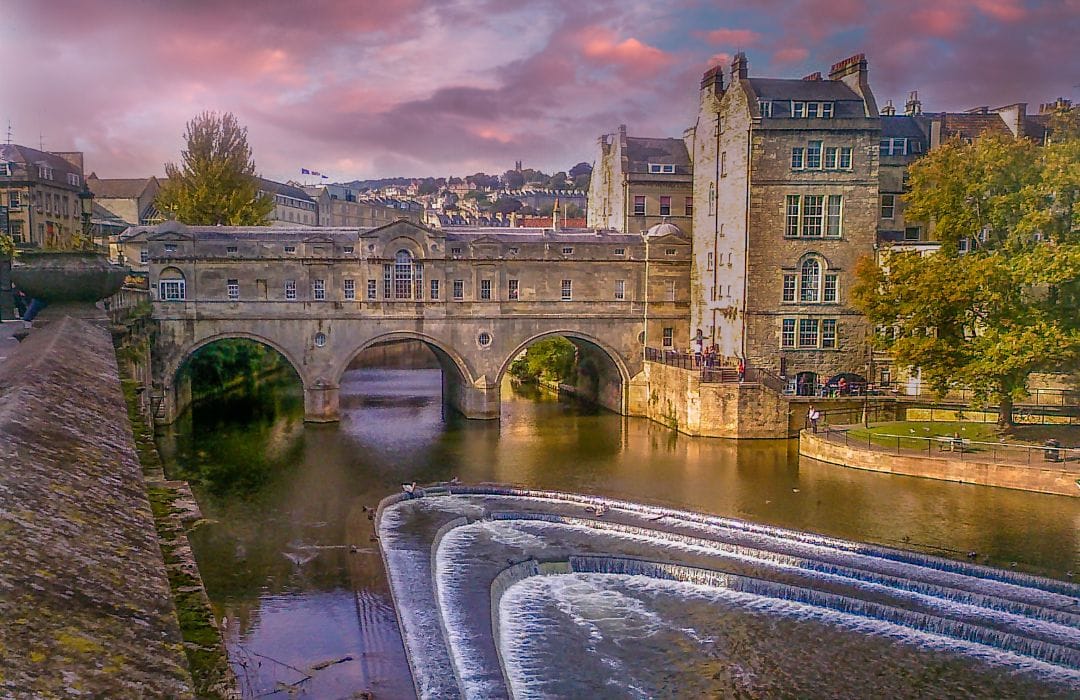
The original version of this article appears on Howard Osborne's website, Low-carb travel. Read the full article, and more of Howard's musings, here.
